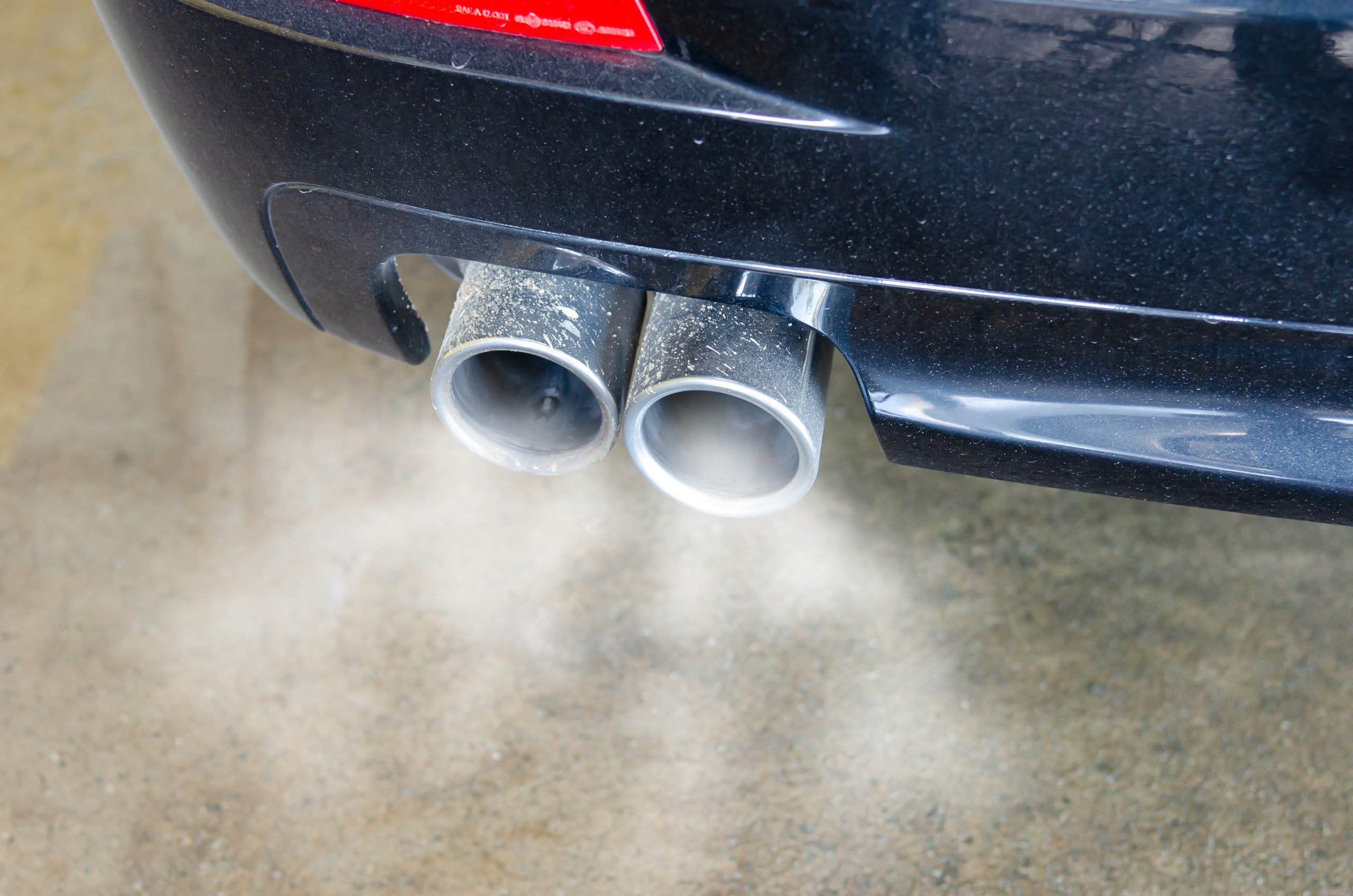

If you have ever been behind a car emitting a cloud of smoke or heard a loud muffler, chances are there was a problem with that driver’s exhaust system.
In this blog, we review the basics of your vehicle’s exhaust system and cover some typical issues that may develop with this critical system. Having a better understanding of your vehicle’s exhaust system will enable you to stay safe from toxic fumes and also maintain peak performance of your vehicle.
What is the exhaust system?
The exhaust system is a series of components in your vehicle that serve three primary needs:
- To remove toxic fumes from your combustion engine so that vehicle occupants are not in any danger.
- To reduce the amount of toxins in those fumes before releasing them into the environment.
- To reduce the amount of sound from the exhaustion of gases from your internal combustion engine.
The main components of the exhaust system that accomplish its purpose are the exhaust manifold, catalytic converter, the muffler, and the tail pipe.
How does the exhaust system work?
The majority of the exhaust system is located on the underside of the vehicle. Here’s a high level look at how the system works:
- Starting with the exhaust manifold, this component draws gases that are produced in the internal combustion engine and directs them to the exhaust pipe.
- As the gas passes through the exhaust pipe, it eventually goes through the catalytic converter, which is a form of filter. The catalytic converter is a coated device comprised of a precious metal like platinum. As gases pass through this honey-combed plate, they are transformed into less harmful gases as a result of an oxidation process.
- The vehicle’s muffler serves as a silencer for the noise created in this process.
- Oxidized gases are finally emitted from the vehicle into the environment through the tailpipe.
What can go wrong with an exhaust system?
Because your vehicle’s exhaust system is located on the underside of the vehicle, it is more vulnerable to road hazards such as potholes, rocks and debris, and salt corrosion. Many problems in an exhaust system may develop as a result of damage or corrosion and become more serious complications that can be costly.
Below are some key problems that develop within the exhaust system:
- Bad oxygen sensor: The oxygen sensor measures the proper air/fuel mix for the engine. If this is faulty, it can disrupt the exhaust system and cause problems with the catalytic converter.
- Holes or leaks: Holes or leaks in the exhaust system are many times the result of road damage or corrosion. Leaks can become a health hazard because the exhaust may be re-directed into the cabin of the vehicle.
- Damaged or clogged catalytic converter: Catalytic converter issues are costly because they are coated with expensive precious metals. Catalytic converters can become clogged or damaged from road hazards.
- Clogged exhaust manifold: If the exhaust manifold is clogged, it will not remove the gases from the engine, and they will be redirected to other parts of the vehicle.
The best way to stay alert to possible exhaust systems issues is to use your senses of sight, smell, and hearing. While toxic gases are odorless/colorless, exhaust system issues typically present in the form of:
- Loud noises coming from muffler or during engine revving
- Excessive smoke emitted from the tailpipe
- Rotten egg smelling exhaust
If you are experiencing any issues with your vehicle’s exhaust system, or have questions and concerns, do not hesitate to contact us. Call today to schedule an appointment for a full inspection with one of our service professionals.
